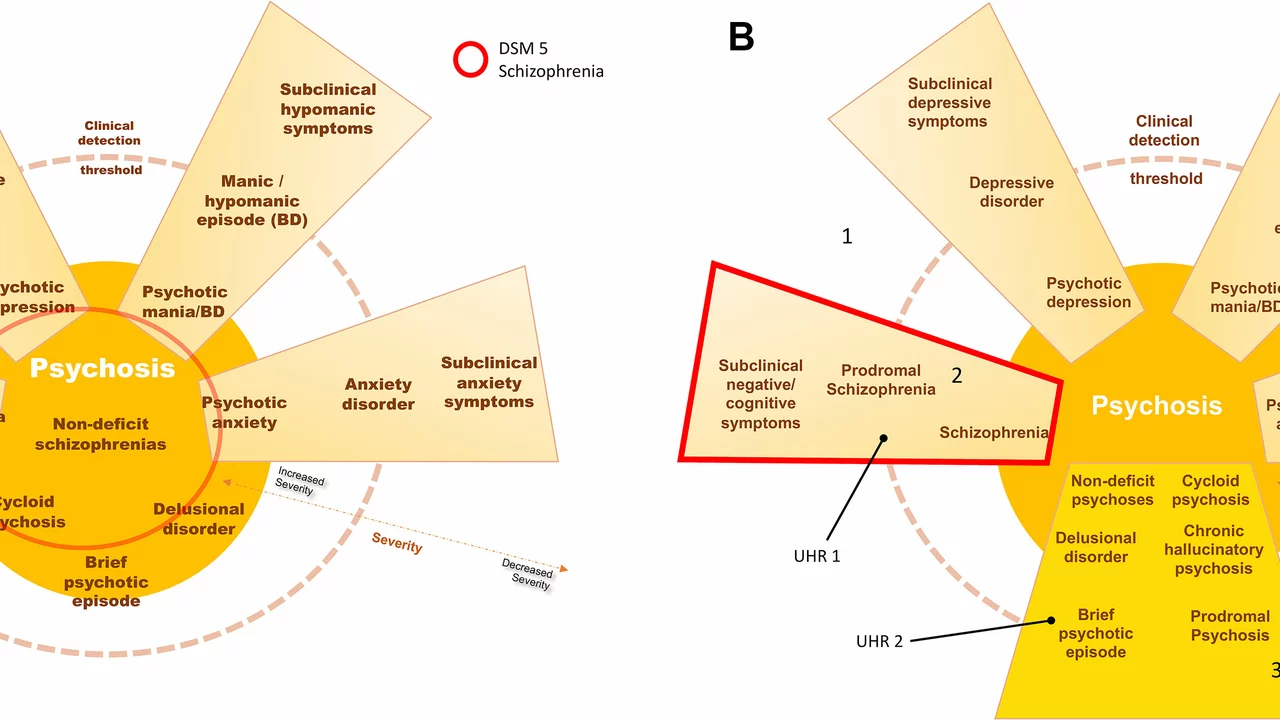Management: Practical tips for medications, treatments and safer online choices
Struggling to keep meds, symptoms, and side effects in check? This management hub collects real-world advice on taking medicines safely, switching treatments when needed, and spotting trustworthy online pharmacies. You’ll find concrete steps—not vague warnings—to make everyday care simpler and safer.
Practical medication management tips
Use a single, simple system to track meds. Try a pillbox, phone alarm, or one app that stores doses, refill dates, and doctor's notes. Put a current medication list in your wallet and on your phone that includes drug names, doses, and why you take them—this saves time in emergencies and clinic visits.
Know the basics of safe storage and interactions. Store medicines away from heat and moisture, keep them out of reach of kids, and check expiration dates. Before adding any new supplement or OTC drug, compare it against your list or ask a pharmacist to avoid harmful interactions.
Watch for common warning signs. If you notice sudden fatigue, mood changes, new stomach pain, yellowing skin, or breathing trouble after starting a drug, reach out to your clinician. Keep simple logs—blood pressure numbers, blood sugar readings, or symptom notes—so you and your doctor can see patterns quickly.
When to consider alternatives and buying options
If side effects get in the way of daily life, alternatives may help. For example, if an antidepressant raises anxiety or stimulation, discuss lower-stim options with your prescriber. We cover alternatives to drugs like Wellbutrin, Propranolol, Citalopram, and Synthroid with practical pros and cons so you can have a focused conversation with your clinician.
Thinking about buying meds online? Be cautious and legal. Only use pharmacies that require a prescription, show a verifiable license, and have clear contact info and privacy policies. Read recent user reviews and avoid sites with deals that sound too good to be true. We’ve written step-by-step guides for buying specific drugs online safely—follow those checks first.
Balance cost and safety. Generic options often save money without sacrificing quality, but switching should be done with your provider’s OK. Look into patient-assistance programs, mail-order savings, or trusted pharmacy alternatives when cost is the main issue.
Finally, share decisions with your healthcare team. Bring your med list, symptom log, and questions to appointments. Ask about monitoring plans, expected timelines for benefit or side effects, and what to do if things change. Clear, simple communication is the quickest way to better management.
Explore related articles in this tag for step-by-step buying guides, drug-specific side effect info, and alternatives that match common problems like fatigue, heartburn, or skin flare-ups. Use the tips here to make smarter choices and stay in control of your treatment every day.
The Role of Olanzapine in Managing Psychotic Symptoms
Olanzapine, an antipsychotic medication, plays a crucial role in managing psychotic symptoms. It's particularly effective in treating conditions such as schizophrenia and bipolar disorder, providing much-needed relief from hallucinations, delusions, and disordered thinking. I've noticed that it also aids in improving overall mood, making daily life a bit more manageable for those affected. However, like any medication, it's essential to be aware of potential side effects, including drowsiness and weight gain. Overall, olanzapine has proven to be a powerful tool in the battle against severe mental health disorders.






